Seaview, a Victorian village
Published 9:00 am Sunday, April 13, 2025
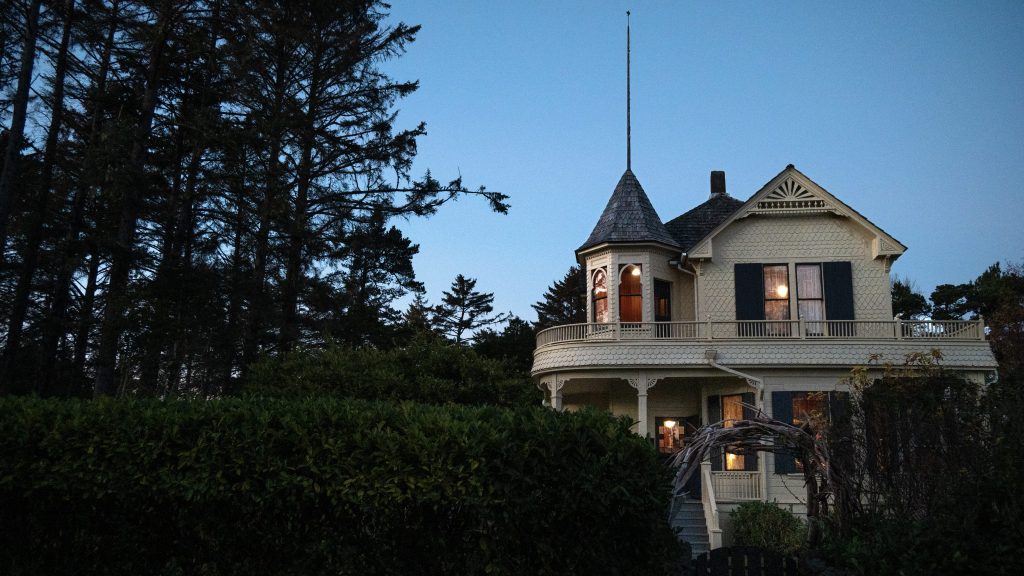
- The Collie Schulderman House at 37th and K streets in Seaview. (Lissa Brewer/The Astorian)
Seaview is squeezed between Ilwaco and Long Beach, Washington, kind of like a beloved cousin. To this writer, Seaview is a pocketful of memories.
As a child, I came west, jammed into the backseat of a 1953 Studebaker. At the age of 5, I was looking for cowboys. That expectation was replaced quickly enough by loggers and fishermen, and an awful lot of Finns and Swedes.
My father and mother purchased a three-story sea house, built by one, Harry Demuth, the man who salvaged hundreds of thousands of board feet of lumber off the doomed freighter Iowa, a 410-foot ship that sank in a big blow off Peacock Spit in January 1936.
All 34 sailors were lost in “60-to-75-foot seas,” a savage tale of monstrous force verified by the U.S. Coast Guard rescue ship, Onondaga, that was badly bruised and tragically unsuccessful in its valiant attempt to reach any survivors.

This cottage belonging to the Corbett family later became the Grandview Lodge and is now part of the Sou’wester Lodge. (Columbia Pacific Heritage Museum)
Demuth went on to build a lumberyard — now an antique mall — and a half-dozen homes in his fair village. The ocean waters west of Demuth’s house lived up to their moniker, “Graveyard of the Pacific.” Children seldom swam in the ocean.
That house looked over the sandy oceanfront. In those days, the beach was accreting, and the ocean was significantly closer. The walk or drive today — much of the beach is still a driving beach — from the Sou’wester Lodge west to the ocean is nearly 1,000 steps. The lodge was built as a vacation home for the U.S. Sen. Henry Corbett in 1892.
I will always associate the Sou’wester with a lovely couple who proclaimed it as a “MYODB” and insisted that “you make your own damn breakfast.” Both were psychologists who seconded as marriage counselors, dispersing several forms of healing to many.
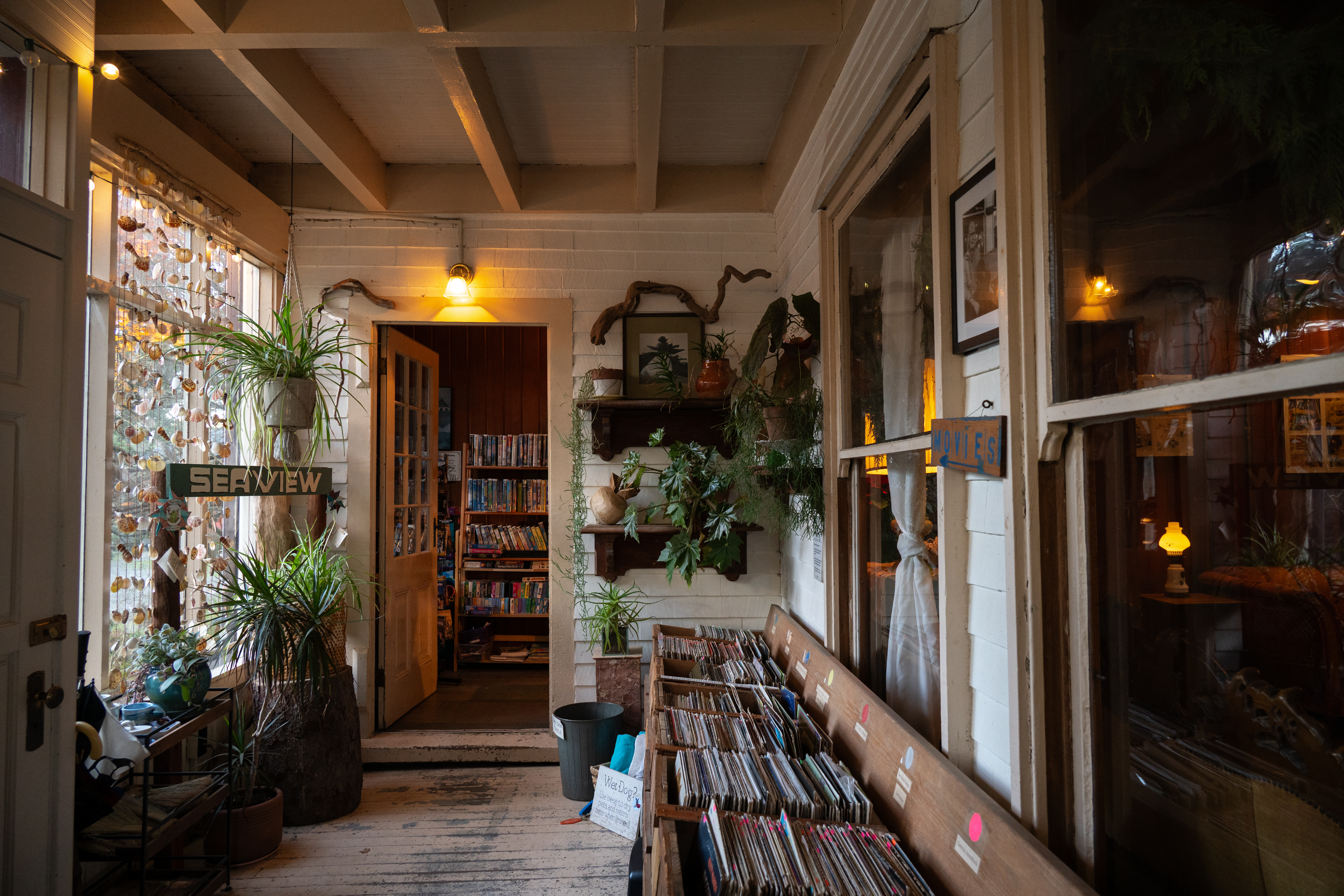
Records and VHS tapes line the hallways of the Sou’wester Lodge. A replica of the Seaview sign sits in the corner. (Lissa Brewer/The Astorian)
Len Atkins had a quick wit and an eccentric but loving disposition. His loving partner, Miriam, could calm the seas. Thandi Rosenbaum, now the owner of the Sou’wester, has carried on the business and expanded its offerings to great acclaim.
In 1896, the Shelburne Hotel, still a prominent beacon of hospitality, was built at 45th Street and Pacific Way. Jonathan Stout, Seaview’s founder, had opened an earlier summer resort, the Sea View House, in 1886. He purchased 153 acres of what would become the town, and offered lots of 50 by 100 feet for $100.
Charles Beaver, who married Stout’s daughter, Inez, was the Shelburne’s builder. The couple were given the hotel as a wedding present and ran it for a couple of decades. My wife, Laurie Anderson, and I ran the hotel for over four decades. Tiffany and Brady Turner, owners of Adrift Hotel, Inn at Discovery Coast and others, have carried on the Shelburne’s fine reputation.
Seaview had a small grocery store owned and run by Joe Sugarman, a gentleman with a big heart who was an inspiration to the neighborhood. He always had a kind word for those who frequented his store. I remember the huge block of Wisconsin cheddar that my mother transformed into a Welsh rarebit.
The favorite occupation of tourists in those days of the late ’50s and ’60s was clam digging. The limit was 24. We trudged from our sea house to the ocean and dug the bivalves with a fury associated with young bodies long before arthritis settled in. On a good morning, when my father, Dr. John Campiche, drove us to the beach, we would often be rewarded with pancakes and hot syrup at Hannah’s, a cozy restaurant across the street from today’s veterinary clinic.
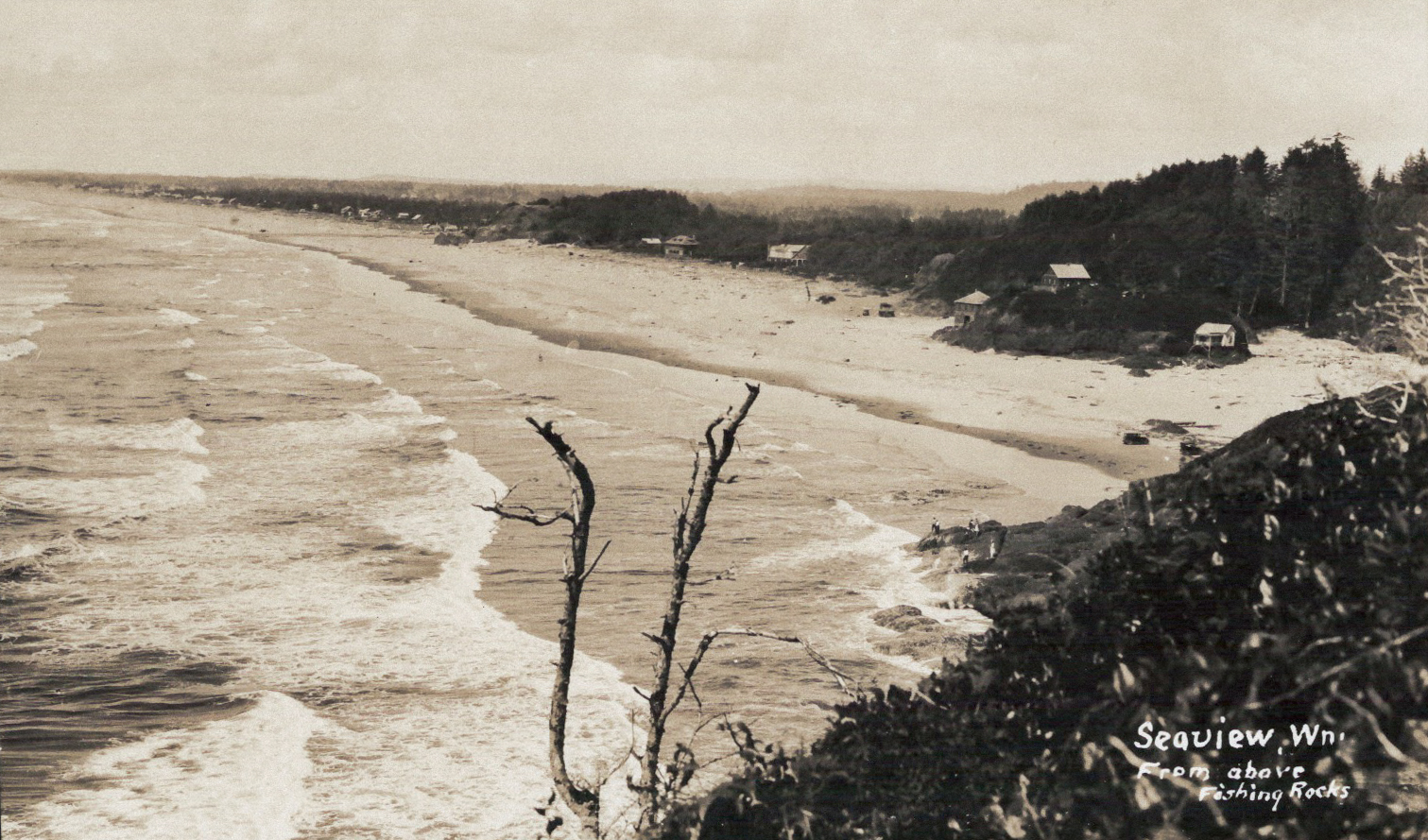
A view looking north at Seaview beach. The houses on the rock are those of Capt. Straubel. Later, when the homes fell into disrepair, the rock was blown up and used for road construction. (Columbia Pacific Heritage Museum)
Seaview was a clutch of summer homes at the turn of the 20th century. Many of the finer residences — the elegant Kilcare house, for example — burned to the ground. Fires took nearly a dozen of the wooden lodges and hotels until more recent times.
The Wilcox house still stands proudly on Willows Road — officially in Ilwaco, but don’t mention that to the residents of Seaview, who consider it part of their town. It is a handsome structure owned for years by Candy and Frank Glenn. They purchased it from a family of cranberry growers, who introduced the berry along with a handful of early pioneers nearly a century ago. The Glenns elevated the town with generosity and good taste. Candy survives her husband.
On 31st and K Street is the Williams house, now shared by members of the family. Warner, who passed away recently at the age of 98, was a man of eloquence and a storyteller bar none. He recited memories of a milk wagon that made regular visits down his dirt street — horse-drawn — selling vegetables and milk to the good Seaviewites.
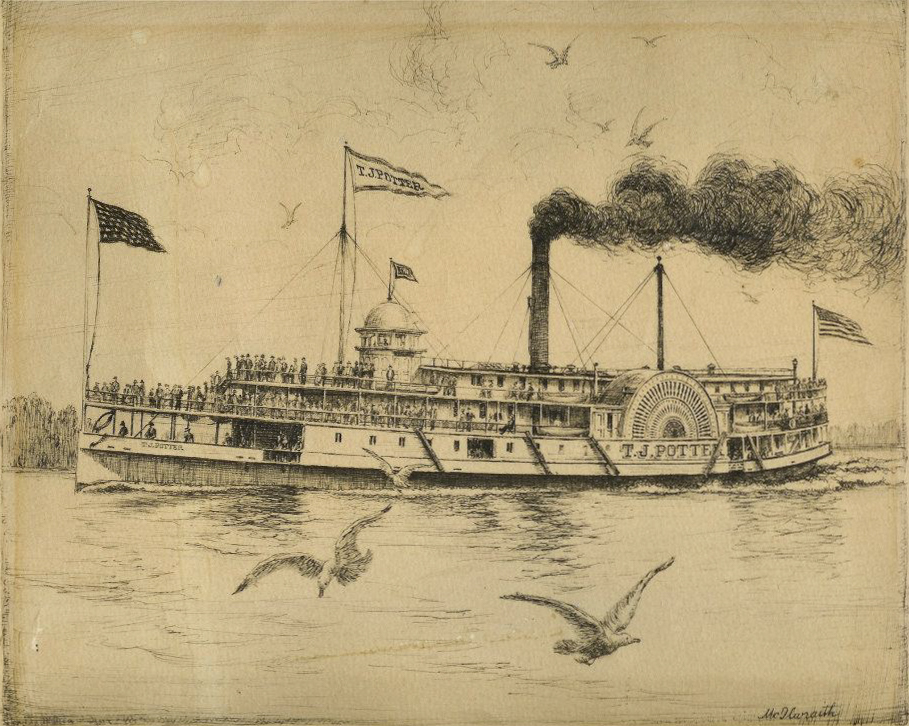
An etching of the T.J. Potter, a steamboat that carried tourists to resorts on the Long Beach Peninsula from Portland. (Seaview Historical Preservation Society)
And there was the Clamshell Railroad, the train that “ran by the tide” and carried Warner to the schoolhouse in Ilwaco. His uncle and conductor, Reese Williams, greeted Warner every morning and saw to it that the boy arrived home dutifully. Warner was everybody’s hero, as was his brother, Rod, both World War II veterans. The decorated soldier didn’t love war. “Any man who wasn’t scared wasn’t human,” he said.
Warner’s words still resonate on K Street.
The Clamshell Railroad stopped at a depot at 38th Place, which more recently became the acclaimed DEPOT Restaurant. Michael Lalewicz and his gracious wife, Nancy Gorshe, turned the charming building, now owned by Jeff and Casey Harrell, into a destination.
And so it goes, from house to house, street to street. Yes, the old stable still stands — was that the Seaview Academy? — a broken and abandoned relic famous for horses that ran only in one direction. That is, back to the barn and dry bales of hay.
And Sid’s, the original grocery store that burned one night — I can still see the flames — only to be rebuilt one block north as a modern grocery store that lures tourists while remaining faithful to the locals. Sid Snyder became the majority leader of the Washington State Senate. A powerful but generous man, he was highly emulated. His first store was salvaged. It is now Chico’s Pizza, an early hangout for teenagers in the ’60s.
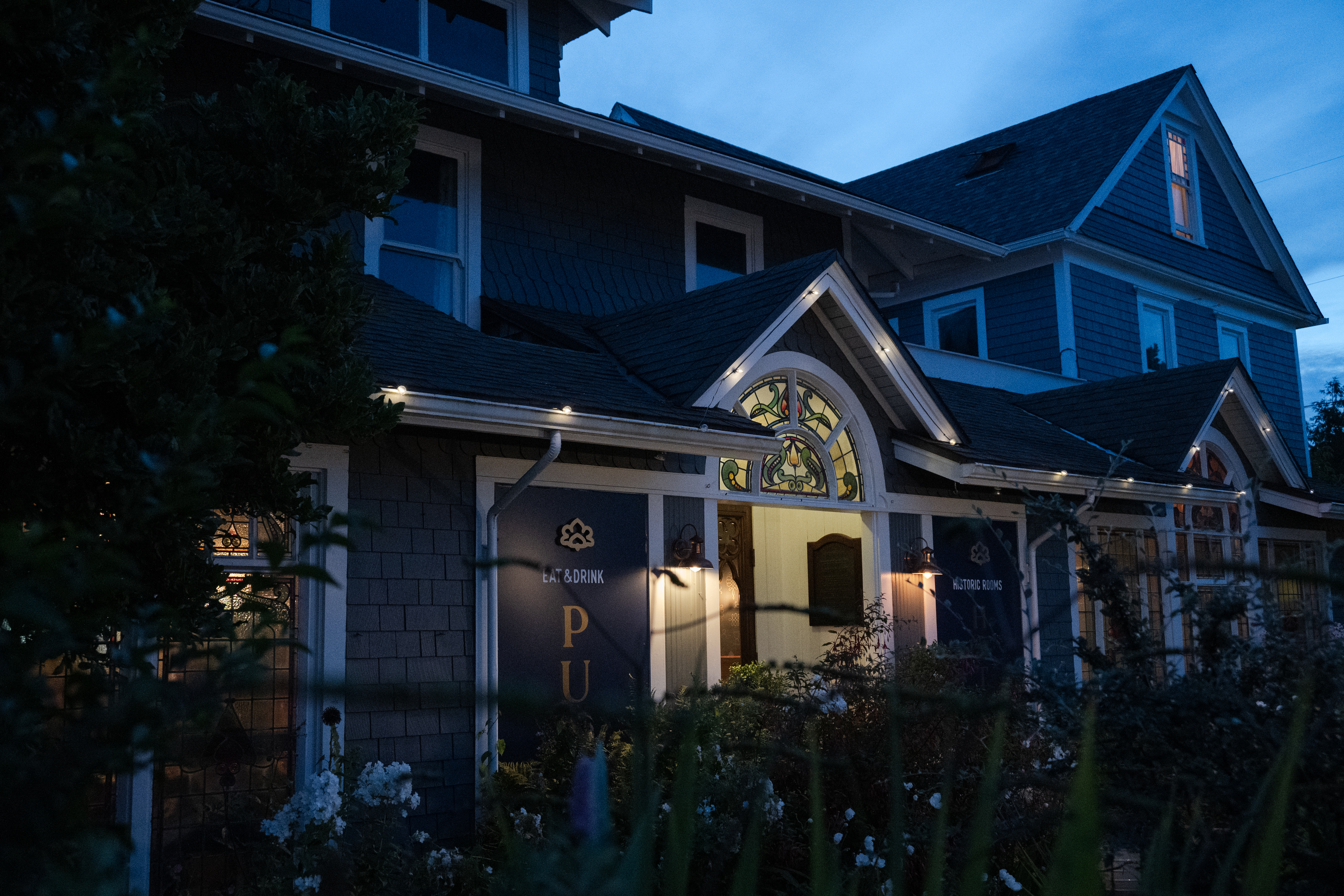
Built in 1896, the Shelburne Hotel is the longest continuously operating hotel in Washington state. (Lissa Brewer/The Astorian)
The south end of Seaview on “K” is a strolling street. It starts with Crank’s Roost on 39th Place and the summer home of the indomitable local author Terence O’Donnell, a man of courage who showed both kindness and steady interest toward any local who crossed his path, making them — not him — the center of attention.
“K” ends at the old Seaview Station on old Holman Street, now 30th, owned today by Fred and Corinne Dust, an engaging and generous couple who always find a cup of coffee for nearly any drop-in. Fred Dust was the talented headmaster at the Bush School in Seattle, that other city.
Pride of place runs high in Seaview.





